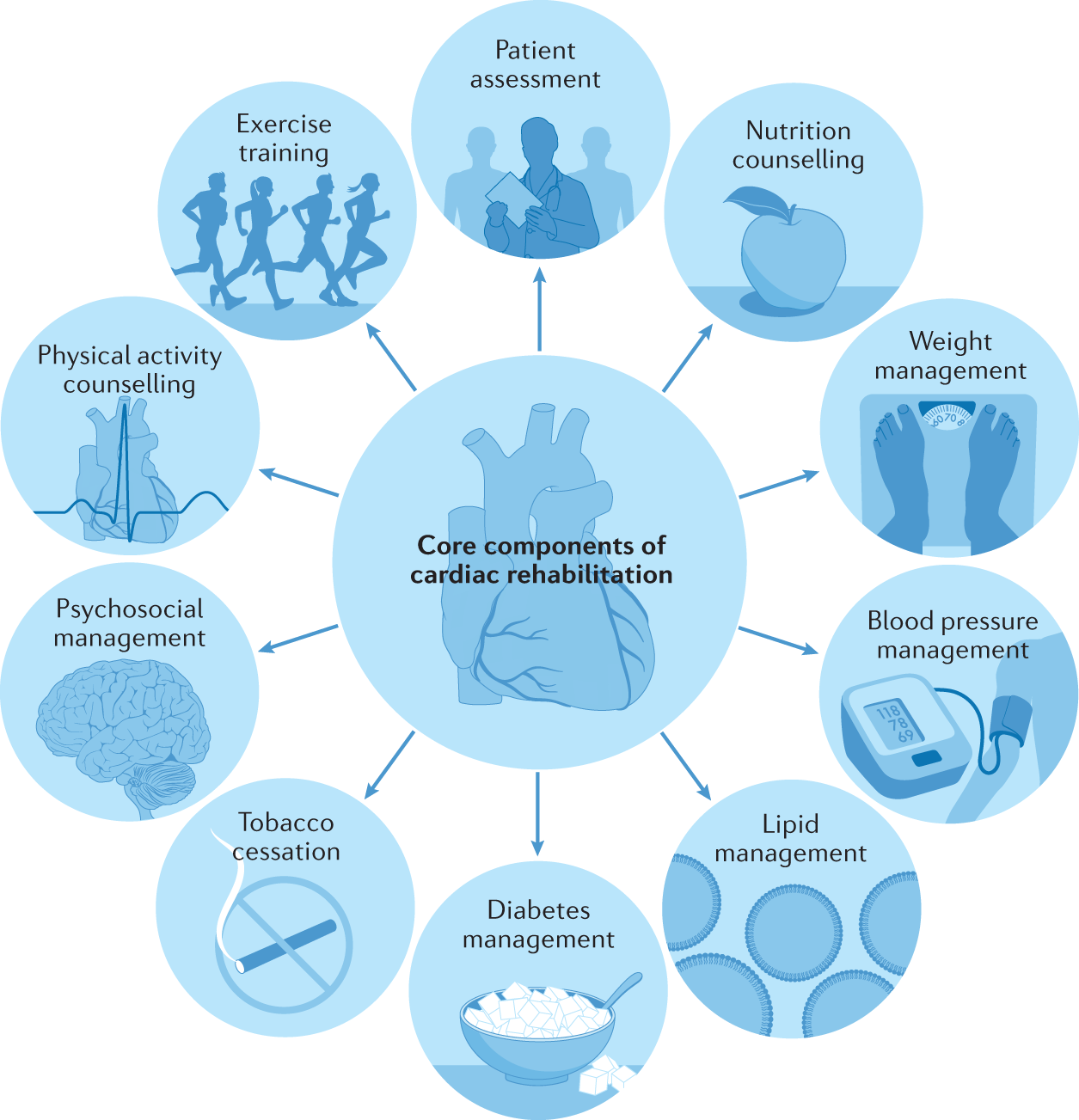Facts About Arogyajivan Medical Tourism For Oncology Uncovered
Facts About Arogyajivan Medical Tourism For Oncology Uncovered
Blog Article
Our Arogyajivan Medical Tourism For Oncology Diaries
Table of ContentsHow Arogyajivan Medical Tourism For Oncology can Save You Time, Stress, and Money.Facts About Arogyajivan Medical Tourism For Oncology UncoveredSome Of Arogyajivan Medical Tourism For OncologySome Of Arogyajivan Medical Tourism For OncologySee This Report on Arogyajivan Medical Tourism For OncologyNot known Incorrect Statements About Arogyajivan Medical Tourism For Oncology
With its concentrate on minimally invasive methods, progressed imaging, and personal medicine, interventional cardiology is transforming the way we approach heart health and wellness. At Atrius Heart Treatment, we are devoted to providing our clients with the best quality of care, making sure that they obtain the most effective possible results on their course to heart health and wellness.Cardiovascular illness (CVDs) are the leading cause of fatality worldwide. Of these deaths, 85% were due to heart attack and stroke.
The most typical factor for this is a build-up of fatty down payments on the inner walls of the capillary that supply the heart or mind. Strokes can be triggered by bleeding from a blood vessel in the brain or from embolism. One of the most vital behavioural risk variables of cardiovascular disease and stroke are undesirable diet, physical lack of exercise, tobacco usage and harmful use alcohol.
Arogyajivan Medical Tourism For Oncology - Truths
Furthermore the person may experience trouble in breathing or shortness of breath; nausea or vomiting; light-headedness or faintness; an anxiety; and transforming pale. Ladies are most likely than men to have shortness of breath, queasiness, throwing up, and back or jaw discomfort. The most common sign of a stroke is sudden weakness of the face, arm, or leg, usually on one side of the body.
People experiencing these signs need to look for healthcare right away. Rheumatic cardiovascular disease is created by damages to the heart shutoffs and heart muscle from the inflammation and scarring triggered by rheumatic fever. Rheumatic high temperature is brought on by an uncommon reaction of the body to infection with streptococcal microorganisms, which typically starts as an aching throat or tonsillitis in youngsters.
The Single Strategy To Use For Arogyajivan Medical Tourism For Oncology

A severe event such as a heart assault or stroke should be quickly taken care of. They include: coronary artery bypass; balloon angioplasty (where a small balloon-like device is threaded through an artery to open up the clog); shutoff fixing and substitute; heart transplantation; andartificial heart operations.
Top Guidelines Of Arogyajivan Medical Tourism For Oncology
Heart disease is the leading cause of fatality in the western globe. Yearly in the U.S., greater than 500,000 males and females die from coronary artery disease. During the past twenty years, major strides have been made in the diagnosis and therapy of cardiovascular disease. Nuclear cardiology has played a pivotal role in diagnosing heart disease, analyzing disease severity, and anticipating results.
When the arteries end up being clogged, the blood flow to the heart muscular tissue is damaged and a heart attack can occur. Nuclear cardiology studies make use of noninvasive techniques to examine myocardial blood circulation, evaluate the pumping function of the heart as well as visualize the dimension and place of a heart strike.

Things about Arogyajivan Medical Tourism For Oncology
Radionuclide ventriculography is a noninvasive study that provides details concerning the pumping function of the heart. In individuals with coronary artery illness and in those who have had a heart assault, the evaluation of the pumping function of the heart (additionally referred to as the ejection fraction) is important in the forecast of both lasting and short-term survival.
These techniques can additionally provide information about the function of the valves of the heart, the integrity of all the cardiac chambers and can be used to check the effect of different medications on the heart muscle (in people with cancer cells who are treated with radiation treatment). The examination of cardiac feature with radionuclide ventriculography is precise and noninvasive and continues to play a crucial role in forecasting results in clients with heart disease.
Nuclear cardiology strategies can be utilized to determine which locations of the heart muscle mass have actually been damaged by infection or by learn the facts here now a cardiovascular disease. These techniques can likewise be made use of to check the condition of the heart muscle in the individual after cardiac transplant. ArogyaJivan Medical Tourism for Oncology. The heart has its own nerves, which is vital for the proper performance official website of the heart muscle
An irregular heart rate and disarray of the regular cardiac rhythm can manifest this problem. Imaging agents are injected right into the blood stream and after that the nerve system of the heart can be imaged using a gamma camera. The details obtained from these noninvasive research studies can be utilized in the administration of clients with heart problem, especially heart failure.
Unknown Facts About Arogyajivan Medical Tourism For Oncology
These studies can lay out the heart muscular tissue that is not obtaining ample blood flow because of the blockage in the arteries of the heart. These studies can also show the heart muscle mass that has actually been marked from previous cardiac arrest, and additionally what has actually been harmed however has the prospective to recuperate if a coronary bypass or an angioplasty is executed.

Cardiac interventions often prevent the demand for open heart surgical treatment while giving better results than medication alone. Within the field of cardiology, interventional cardiology concentrates on treating structural heart issues using catheters. Most of the procedures are done on the cardio system, which go now contains your heart, arteries, and capillaries.
Report this page